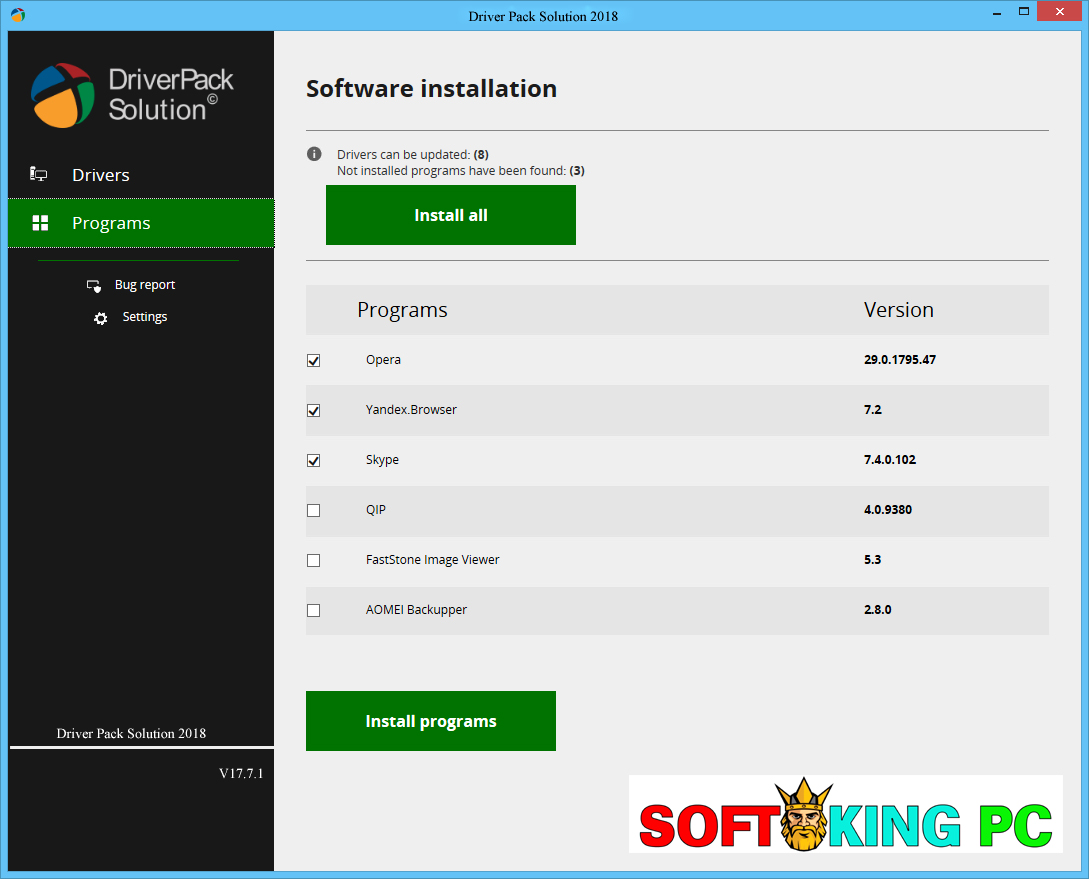

Make sure you leave the “Structured folder (default)” selected. Here is a screenshot of the drivers identified on the HP EliteBook 820 G3:Ĭlick on “Backup Now” and choose a destination to store your drivers. Click on Backup > Scan Current System and wait for the tool to identify your device drivers. I’ve been using Double Driver for a few years now but didn’t think of using this with SCCM until very recently.ĭownload the portable tool and run it on your client device. 4) Backup your installed drivers using Double Driver.ĭouble Driver basically scans your current system, identifies your device drivers and backs them up for you which you can then use with SCCM. Go to each of their website and check if there’s a more recent driver available and install them. Open up Device Manager and identify devices from third party manufacturers like Broadcom, AMD, Realtek, etc. This is preferable if you want to make sure you want to start off with the latest drivers for your devices in your SCCM database.

This step is more manual so will take some time which is why I’ve marked it as optional. 1) Install HP Support Assistant and install any driver updates on your client device 2) Install Intel Driver Update Utility and install any updated drivers, if available 3) (Optional) Install drivers from third party manufacturers.

This is a hands-on method of obtaining drivers which does take a little time but I’ve found this gives me the best result during OSD and less driver bloat. I use the 820 G3 as an example here but you can adapt this for any make and model. I will assume you already have a Task Sequence created to build your Windows computer. Set rules in the task sequence to only install this driver package on HP EliteBook 820 G3 laptops.Configure a task sequence to install the driver package.Import the drivers into SCCM and create a driver package.Using the HP EliteBook 820 G3 as an example device, when using the HP CIK the resulting size of the drivers is 2.3GB for this laptop compared to 823MB using the method I’ll describe in this post. I quickly found while using the HP Client Integration Kit that, though the tool makes it easy to download and import drivers, the size of the resulting drivers and packages is excessively big.


 0 kommentar(er)
0 kommentar(er)
